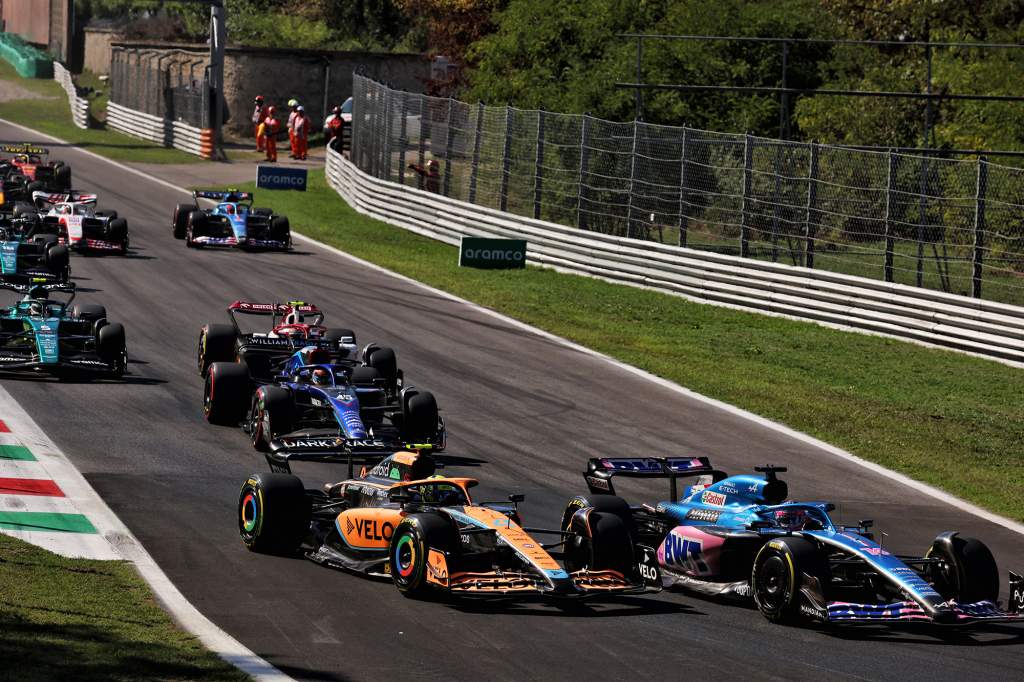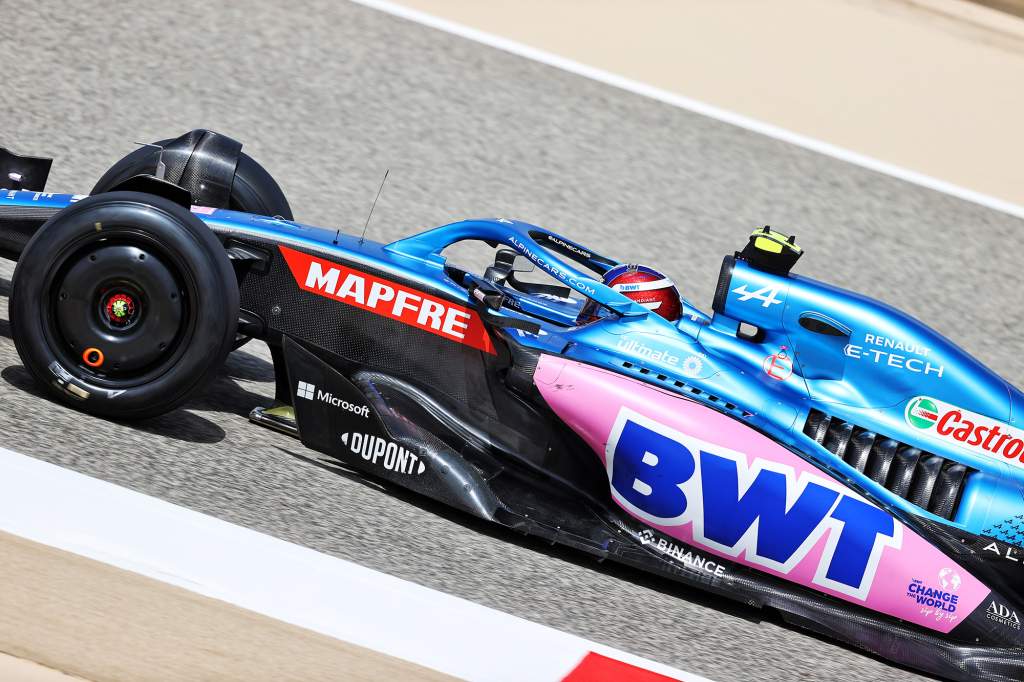Up Next

Alpine was engulfed by negative storylines during the 2022 Formula 1 season.
But the loss of Fernando Alonso, the farrago surrounding Oscar Piastri’s non-contract and the regular reliability problems gave the misleading impression of a team in crisis. On-track, it was a successful season.
The Renault-owned squad achieved its main target for 2022 by taking fourth place in the constructors’ championship after a season-long battle with McLaren, reclaiming its place at the front of the F1 midfield for the first time since 2018.
As a works outfit, Alpine isn’t in F1 to ‘win’ the midfield, so you could argue this represented underachievement. Doubly so, given its average performance deficit to the front remained around the 1.4% mark, which is the same as last year, and it scored just 18 more points in 2022 compared to ’21. Glacial progress, you might argue.
But realistically, this year was always about creating a solid ‘base camp’ for the anticipated ascent that is to come. In modern F1, turnarounds can’t happen with a snap of the fingers anymore as it is instead a long, painful, endlessly iterative process.
Whether Alpine can build from here or if progress again stalls is another question, with the team now 22 races into its much-vaunted “100-race project” to emerge as a frontrunning team.
That question will be answered in the years to come, but Alpine’s success in 2022 was down to a combination of factors. And while some of them, such as Daniel Ricciardo’s struggles at McLaren that ensured Alpine finished 14 points ahead in the championship, were out of its hands, others were within its power – namely, the encouraging chassis and engine development progress.

While those two aspects need to be broken down separately, it’s important to note that integration is the watchword for Alpine. Despite being a works team, it has lagged behind Ferrari, Mercedes and Red Bull/Honda in terms of maximising the potential of having control of its own destiny with car/power unit integration and this is an area that has been worked hard on recently. That ensured that the trade-offs in car and engine architecture and packaging were more in balance in 2022.
So while significant changes were made to the Renault E-Tech engine, notably the belated switch to the split turbo concept pioneered in F1 by Mercedes in 2014 that contributed to producing an engine that’s now not giving much away to the best, the man in charge of the engine project – Bruno Famin – believes the way of working has been the big gain.
“The way we are working with Enstone in Viry, we have not only been working on the PU [power unit] itself, we’ve been working on the performance of the car,” says Famin.
“Of course, the performance of the car is very important, but if we can have a gain on the aero, on the chassis side, by making compromises on the PU side, we have done it.
“We worked a lot of that in terms of integration, in terms of weight, in terms of cooling. More than the change in the technical philosophy, it’s a change in the way of working globally with Enstone.”
The reliability problems, in particularly the ever-troublesome water pump, were frustrating. But they were at least understandable given reliability changes can be made with permission from the FIA while performance is locked in. Provided Renault can use this to make the engine reliable in the longer-term, this year’s pain will be justified.
The Alpine A522 was a relatively consistent performer and largely evaded the porpoising and bouncing problems that made life difficult for some of its rivals. That was the consequence of taking a relatively conservative approach with its aero design.
“We tried early on in the design phase to make sure that we had a car that was very stable,” says technical director Matt Harmon. “We targeted an aero characteristic which was not completely peaky, and I think that was really important. That’s actually why, in some respects, we didn’t suffer as much as others in the bouncing regime as well.
“We also worked quite a lot on suspension stiffnesses, which obviously complements that aero characteristic. We understood quite early on where we need to run this car. And by going with a maybe a slightly less aggressive aero regime, we’ve got something that’s a little bit more broad. It’s paid dividends for us.”

That approach partly backfired through no fault of the team. Part of this philosophy was to ensure the stability and therefore consistency of the airflow structures in the underfloor was consistent. Partly, this was achieved by ensuring component stiffness of the floor given any flexibility can create such instability. The rule change permitting floor stays as required by most of Alpine’s rivals meant that the decision to opt for a heavier, stiffer floor to avoid such problems proved to be a disadvantage.
“If you roll the clock back a year or more, we were very nervous of the flow structures under the car and how they were blowing up in CFD,” chief technical officer Pat Fry told The Race. “We were quite worried about the stability of these structures.
“It wasn’t that we were super clever and thought about porpoising; we didn’t. The way we tried to develop the car and where we ended up, with wide bodywork, stiff floor, all that stuff improves the stability of the flow. If the floor moves, you can have problems.
“We went in with a car that we knew was going to be overweight but was worth that effort to make it stable so that we could know that the car on the track was what we had in the tunnel.”
This meant Alpine had a stable platform to build from. And it did so well. Regular aerodynamic upgrades were deployed along with a push to get weight off the car – helped by a lighter floor introduced at Imola by taking advantage of the permitted floor stays that it didn’t use in Bahrain, Saudi Arabia and Australia. While Alpine didn’t quite get down to the weight limit, it was close by the end of the year.
In Alonso and Esteban Ocon, it had a strong driver line-up that made it a strong points threat in terms of pace at every race save perhaps Monza, where its deficit to the front was at its largest. That meant that not only did Alpine have a decent all-round package, but it generally extracted something approaching its full potential throughout the season.
“It works everywhere” was Fry’s summary of a car that had neither overpowering weaknesses nor disproportionate strengths. Effectively, that meant the Alpine A522 was a snapshot of a team that has long-term potential but that still needs several years of relentless improvement if it’s to emerge as a team that can win races on merit.
Much of that will depend on its ability to push to the limits of what’s possible aero-wise without hitting trouble. But the leadership reshuffle last winter gives at least some hope that it can finally start to make good on its potential in F1.
This was effectively a starting point for Alpine. The question now is whether it can build from here.





